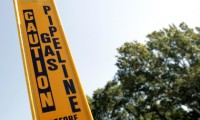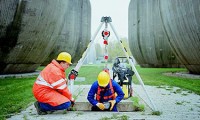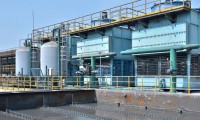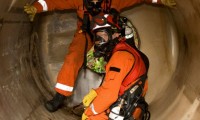Gas detection maintenance has fuelled growing demand for gas detection equipment wherever hazardous levels of gas may be found. Employers need to train workers to use, maintain, and calibrate gas detection equipment safely, whether portable or fixed.
Employers must select gas detection equipment that meets basic criteria such as hazards within the workplace, reliability, ease of use, availability of training and support. Training should concentrate on specific organisational and plant-level needs, as well as the known risks.
Awareness of instrument accuracy is important. Without proper calibration and regular maintenance, detectors can produce inaccurate readings at hazardous levels of toxic gas exposure or an oxygen-deficient atmosphere.
The performance of sensors varies with temperature and humidity. Calibration is a means of ensuring that the instrument gives accurate readings aligned with a known standard.
Sensor calibration should detect environmental conditions that replicate or simulate actual workplace conditions. Employers must keep calibration records for the life of each detector to reveal instruments with a problematic maintenance or repair history, which may foreshadow unreliable readings and sensor drift.
Calibration entails comparing the instrument’s reading to a known traceable concentration of test gas to verify that installed low-level sensor alarms work, also known as a bump test.
A process like ethanol production for example might need a combination of fixed and portable gas detection equipment to detect explosive vapours, carbon dioxide, ammonia, and benzene and other volatile organic compounds present not only in confined spaces throughout the plant, but also whenever there is a line-breaking operation or equipment failure.
PASS has significant experience in gas meter calibration. The most common tests are bell prover, gravimetric method and test bench. The first is a calibrated vessel of known volume used as a primary standard which provides a certain volume to the gas meter under test and thus a direct comparison between the meter reading and the volume. This method is mainly used for calibrating small domestic or diaphragm meters.
In the second test, a highly accurate weigh scale is used to define the amount of gas that actually flows through the meter during the calibration procedure.
The third test uses master meters as reference standards. The same amount of volume flows through the master meter and the gas meter under test, and the two meter readings are compared to each other.
This method is widely used by many calibration laboratories all over the world. Depending on the size of the master meters, high flow rates can be achieved and very large gas meters can be calibrated.
For further information on gas detection equipment please visit the Tester.co.uk Gas, HVAC and Plumbing page.








